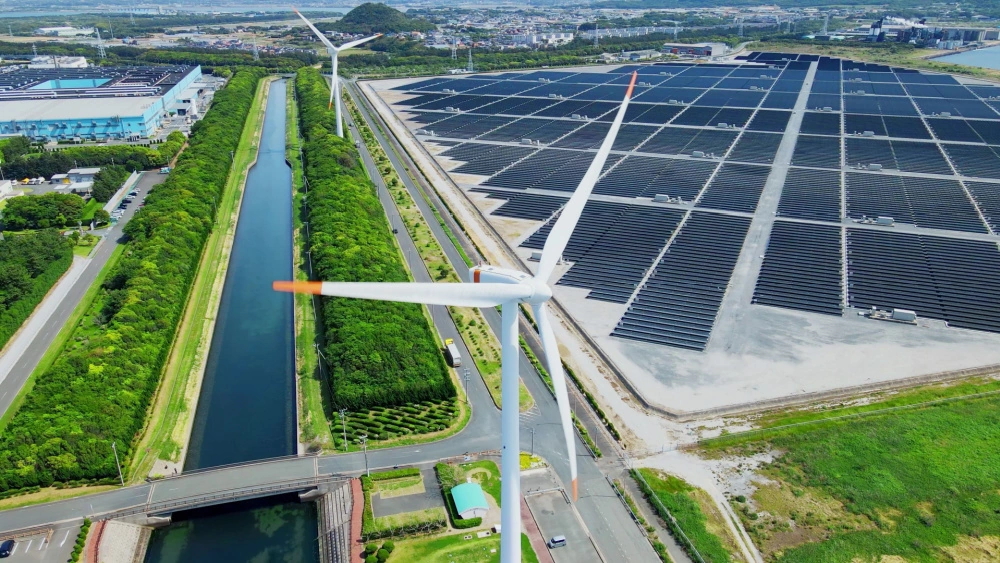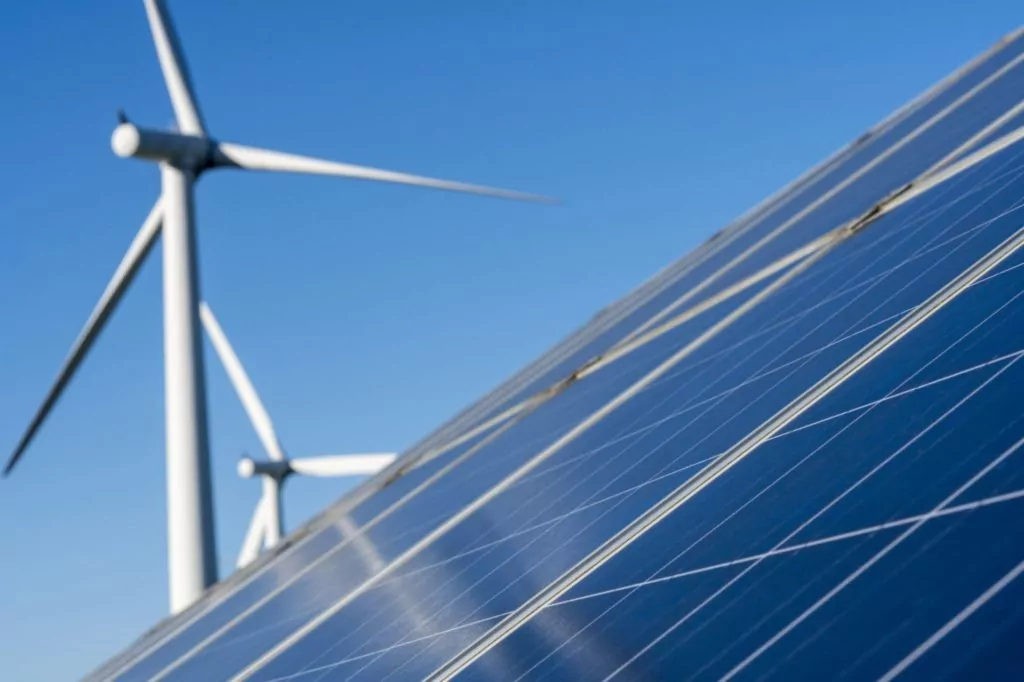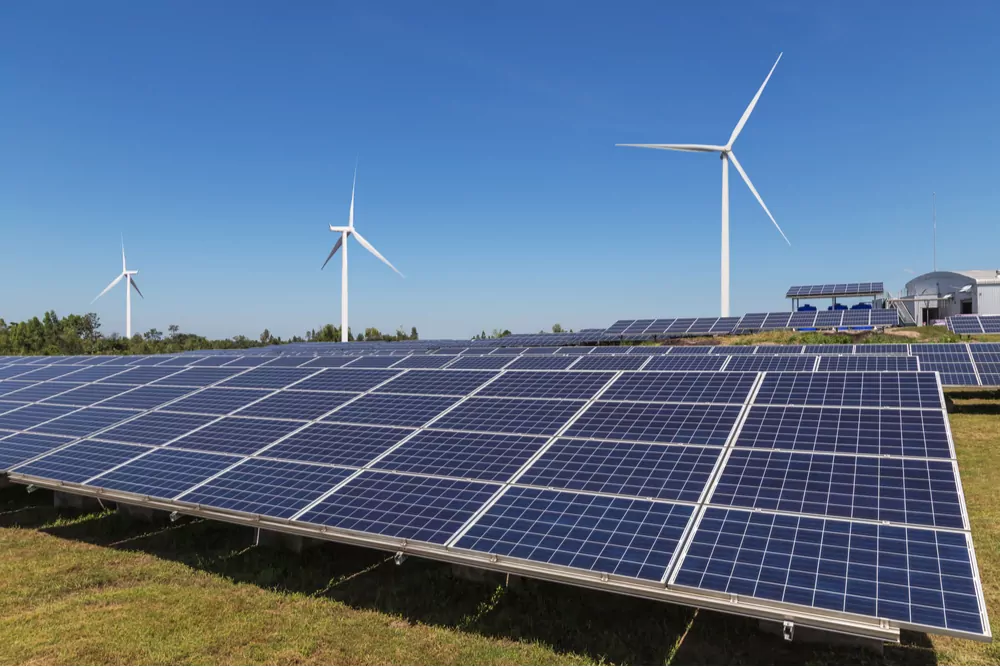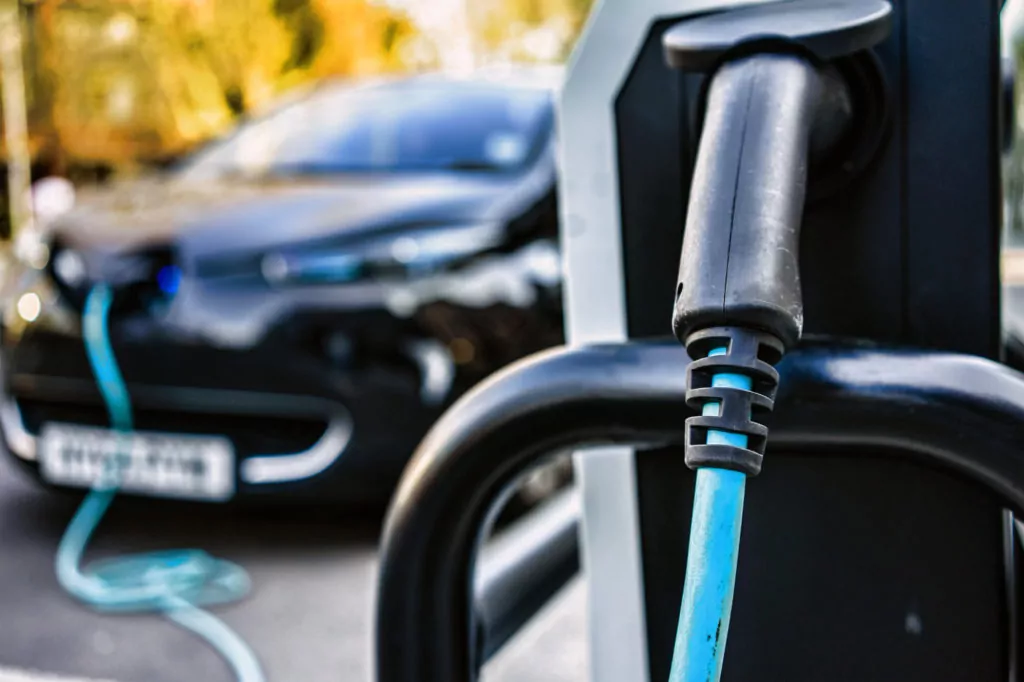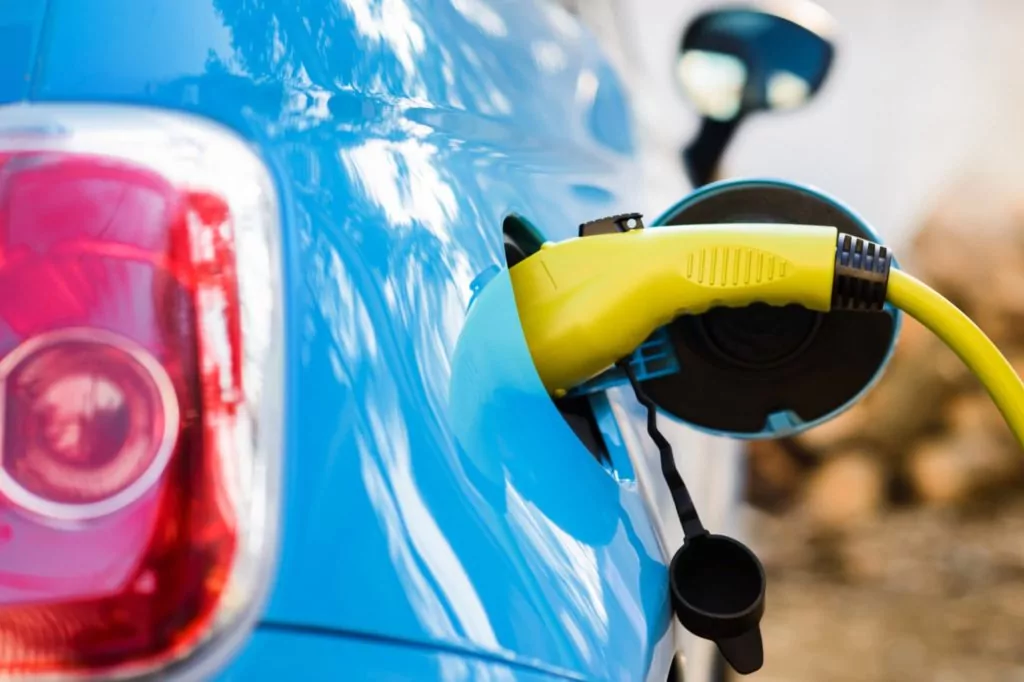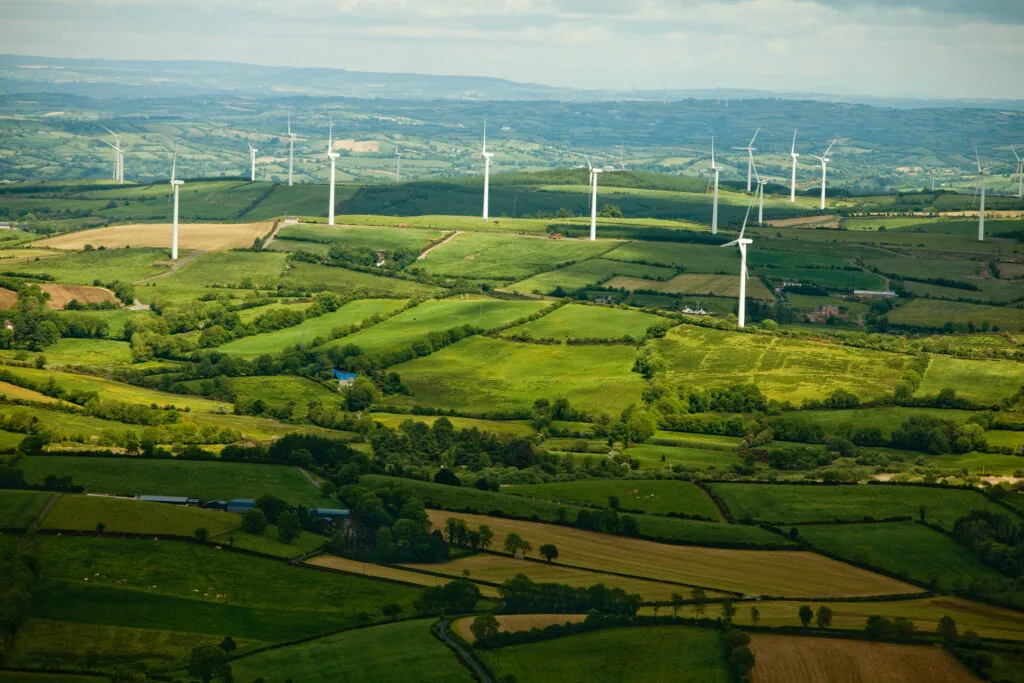
Partner
Head of Energy & Infrastructure | Projects, Infrastructure & Construction | Real Estate
This website will offer limited functionality in this browser. We only support the recent versions of major browsers like Chrome, Firefox, Safari, and Edge.

By Becca Willis
30 Nov 2023 | 3 minute read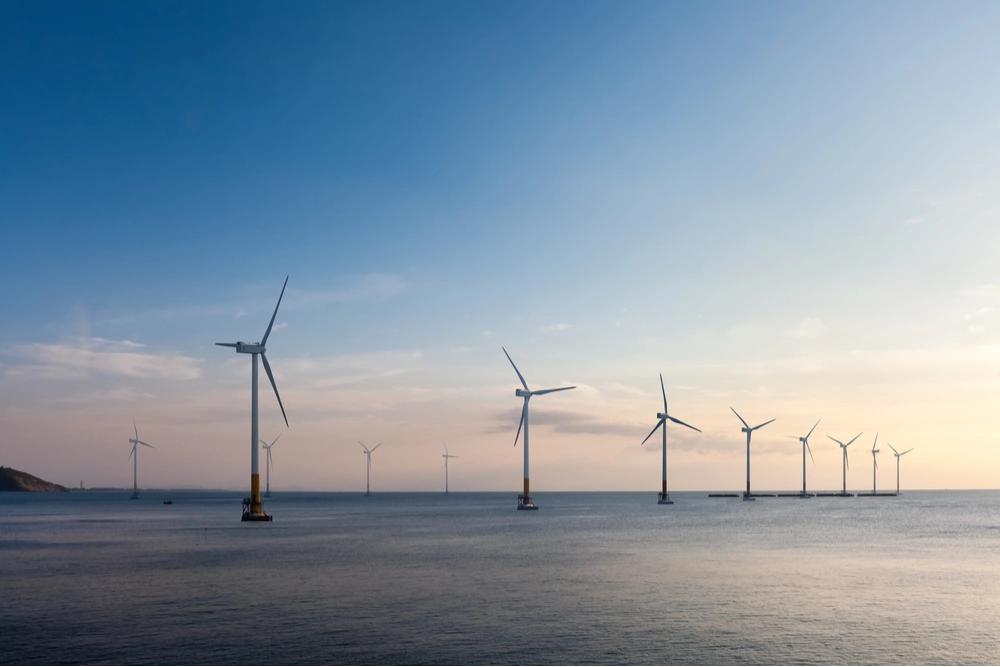
One of the biggest issues facing all renewable, not just solar, energy projects is getting connected to the grid. The Financial Times reported earlier this year that some developers were looking at 13 year waits to get their projects connected. In May, OFGEM wrote an open letter to renewables developers about the potential future reforms to the process of getting connected to the grid and welcomed feedback from key stakeholders.
One of the key issues with grid connections, which a representative from OFGEM highlighted during a panel discussion at Solar and Storage Live, is the process of getting developers out of the connections queue when their projects have stalled or failed. A report commissioned by Centrica found that of the 371GW of projects that made up the queue to get connection, around 62GW of these are 'phantom projects', most of which were still in the scoping phase, lacked land rights and in some instances, had not even submitted an application for planning consent. The OFGEM representative emphasised the need for projects that are not progressing to be removed quickly, and that a new policy is being created to do exactly this. As of writing, CMP376 has now been accepted and queue management in the transmission network will now begin, find out more in our recent article.
A representative from the Energy Network Association also pointed out that management was a key step to reforming the process. At the distribution level, it is crucial to make key milestones transparent and encourage open communication between the parties. When a project becomes non-viable, it must be removed from the queue swiftly and another project moved up. This allows projects which are ready to obtain grid connection faster and reduce the notoriously long delays.
The representatives at the panel did agree that a general standardisation across the distribution network providers to create a more transparent process is necessary to increase efficiency and speed. Further, this harmonisation may help to repair public confidence in the UK's ability to deliver large scale projects after the cancellation of HS2 sparked widespread uncertainty for the future.
Despite government walk backs on key green polices, Prime Minister Rishi Sunak did acknowledge that the current process needed reform. This brings some hope to the industry and incentivises developers to further invest in the UK. If their projects can get connected more quickly, investments can be realised sooner.
The National Grid has recently addressed the issue by accelerating up to 20GW of connections across transmission and distribution networks. This is welcome news for the industry. Across the network (transmission and distribution), this includes 19 BESS projects worth up to 10GW and a further 10GW of 'shovel ready' projects. Both are being moved up by four and five years respectively. The release onto the grid of 20GW of connections comes from collaboration by OFGEM, the government and others in the industry.
By releasing a further 20GWs onto the grid, the National Grid have provided a boost to the market, in that companies that have multiple projects ready to be connected, but are waiting, can see a return on their investment sooner. OFGEM, as recently as 13 November, announced that they are going to take a tougher stance on 'zombie projects' in an attempt to cut waiting and connection times down. This should hopefully free up to 400GWs of projects currently waiting to connect to the grid.
If you would like more information on the above or perhaps a project or development that you are involved with, our EPIC team would be happy to set up a meeting and discuss how we might be able to help.

Partner
Head of Energy & Infrastructure | Projects, Infrastructure & Construction | Real Estate
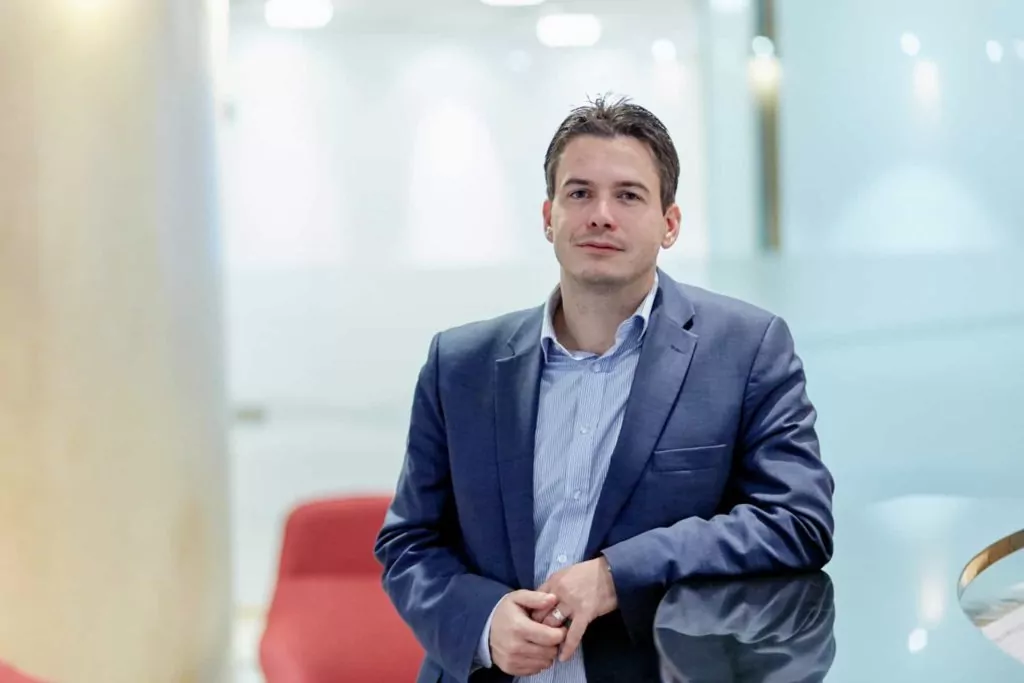

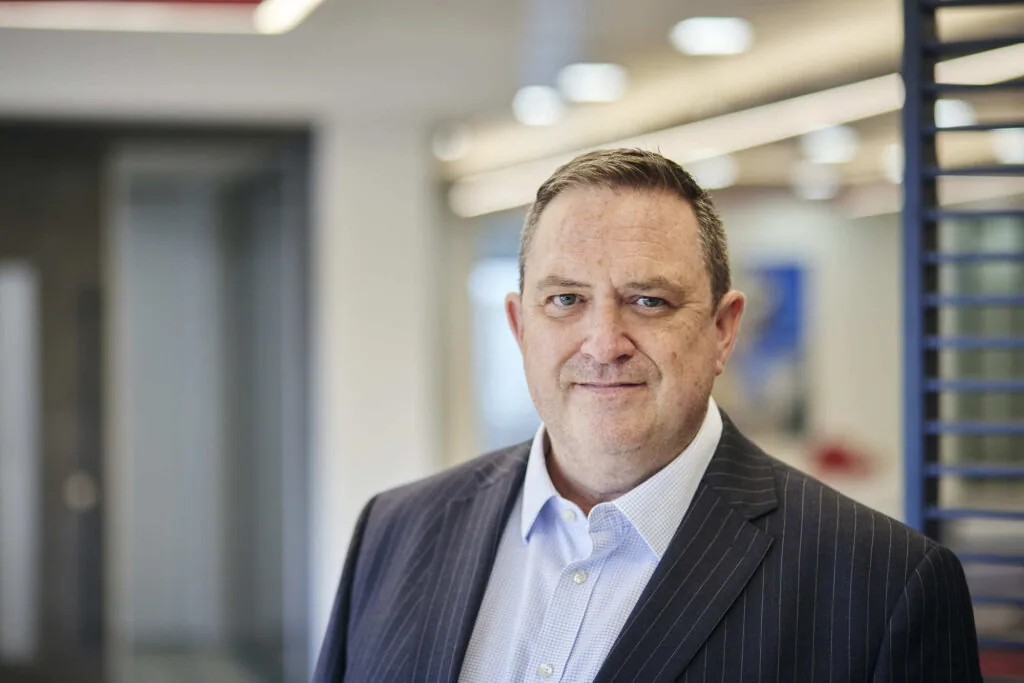
Partner
Energy & Infrastructure | Projects, Infrastructure & Construction | Real Estate
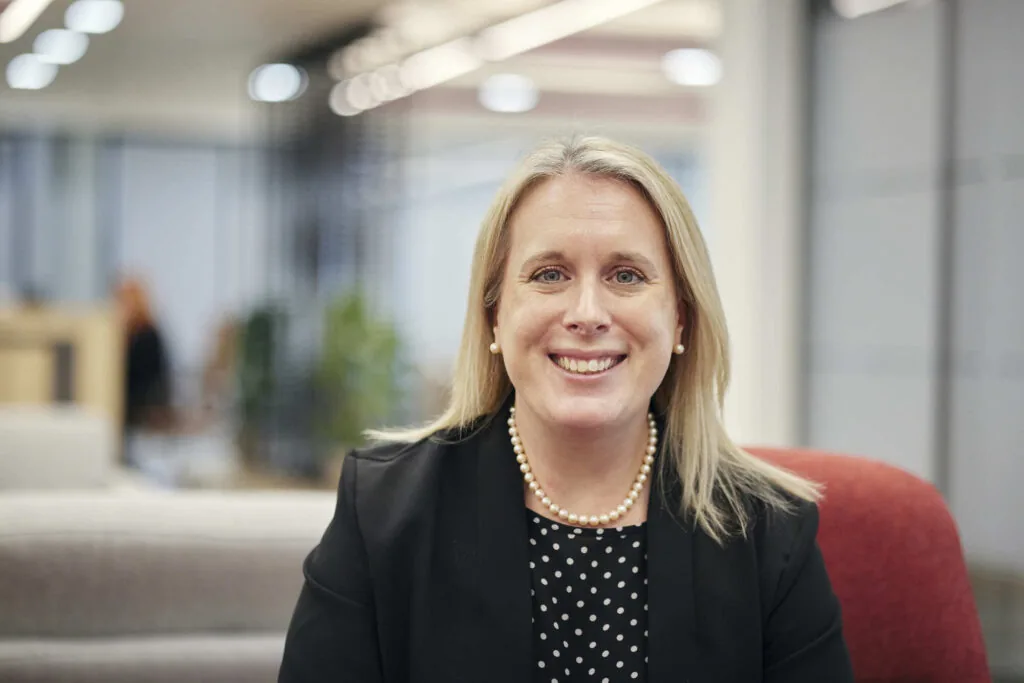
Partner
Energy & Infrastructure | Projects, Infrastructure & Construction | Real Estate
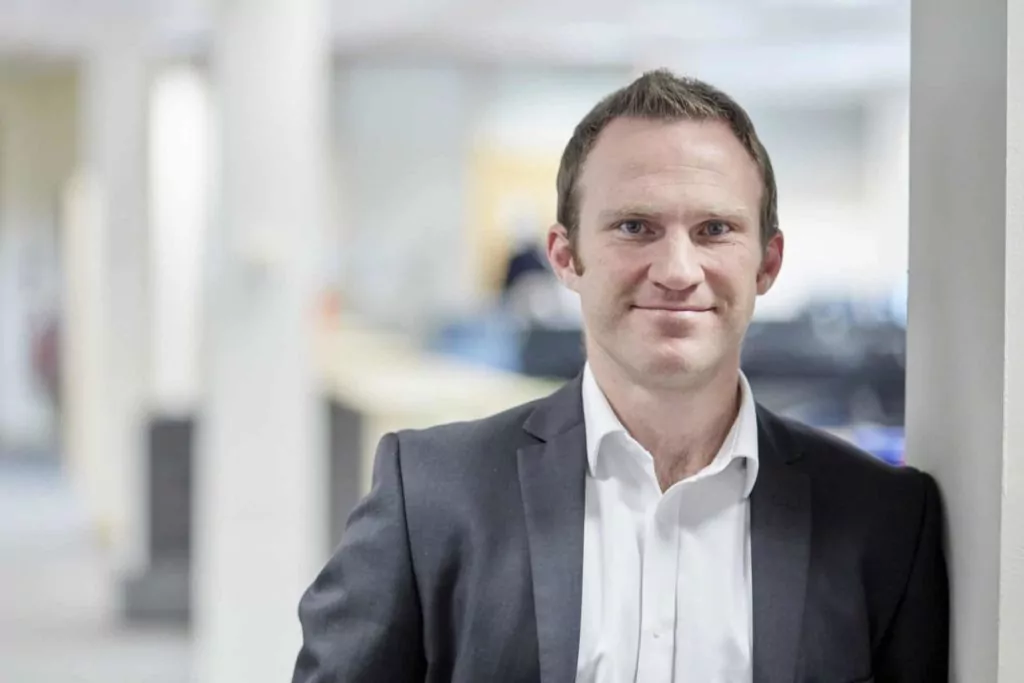

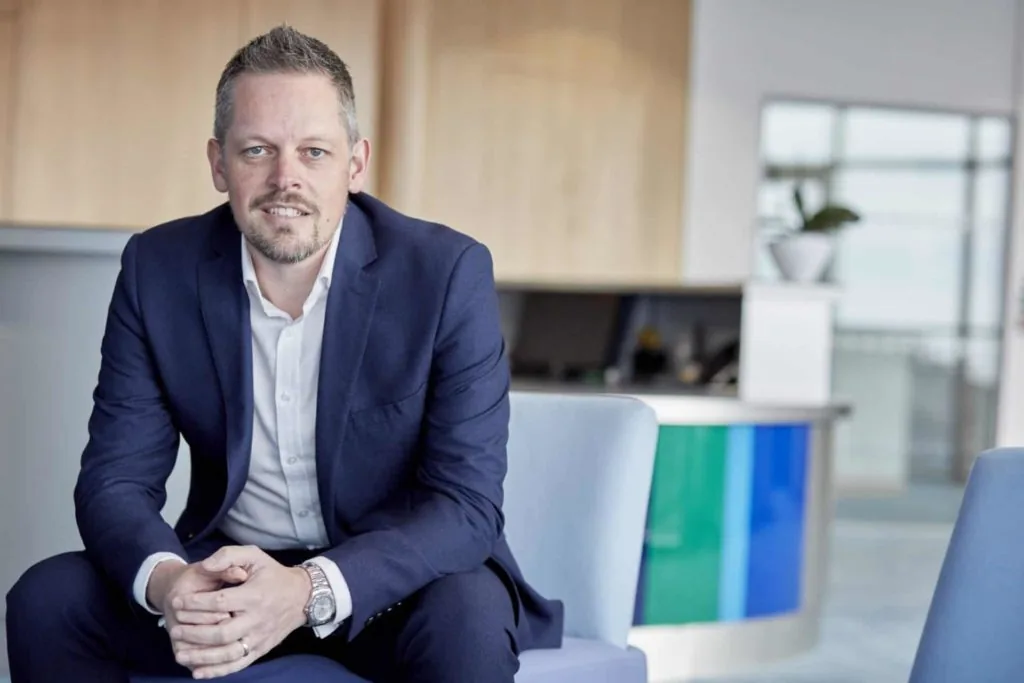



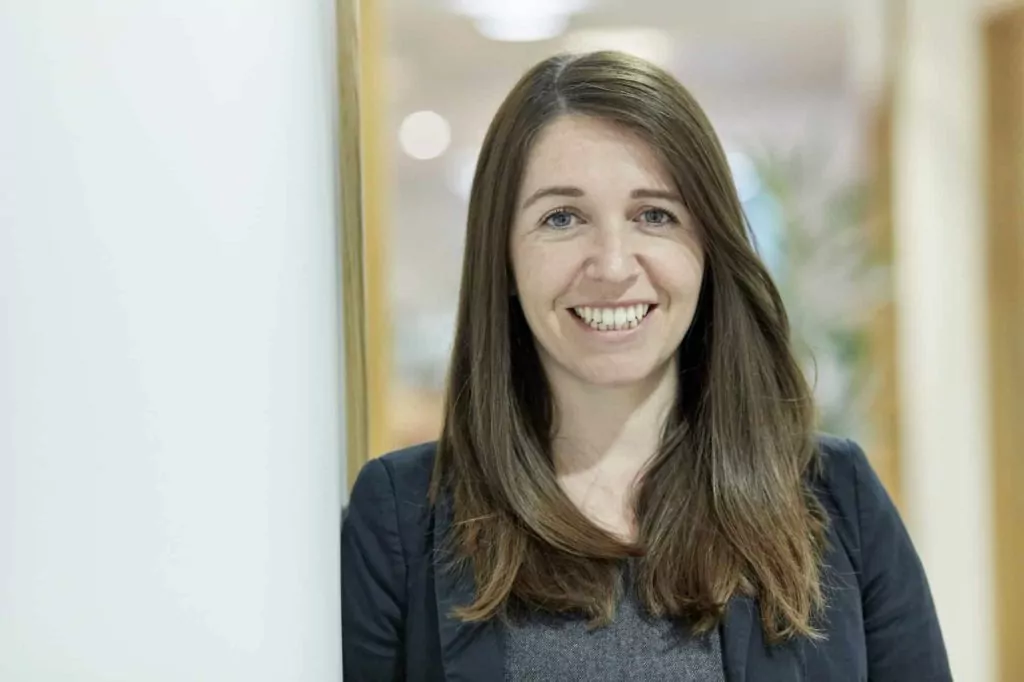
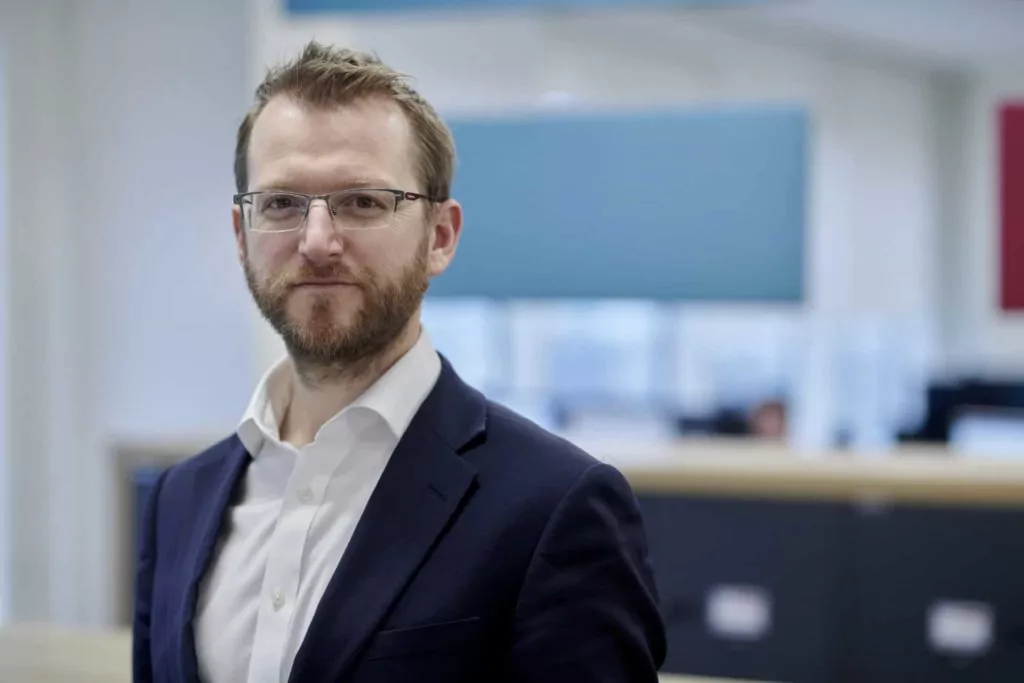
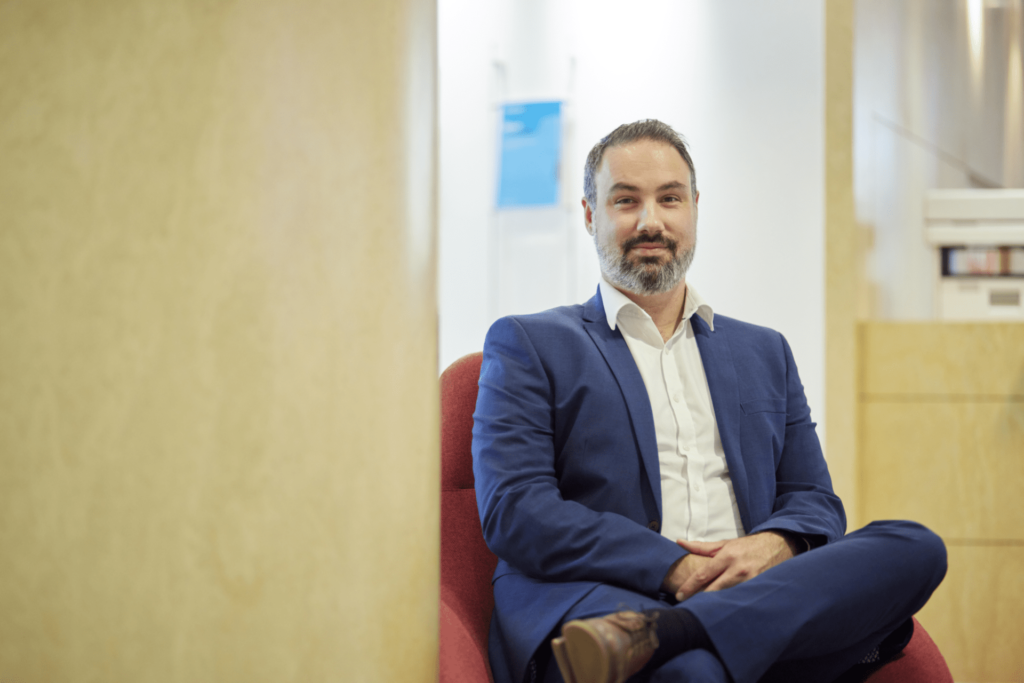

Principal Director
Commercial Property and Asset Management | Development Projects | Energy & Infrastructure

Principal Director
Energy & Infrastructure | Projects, Infrastructure & Construction | Real Estate

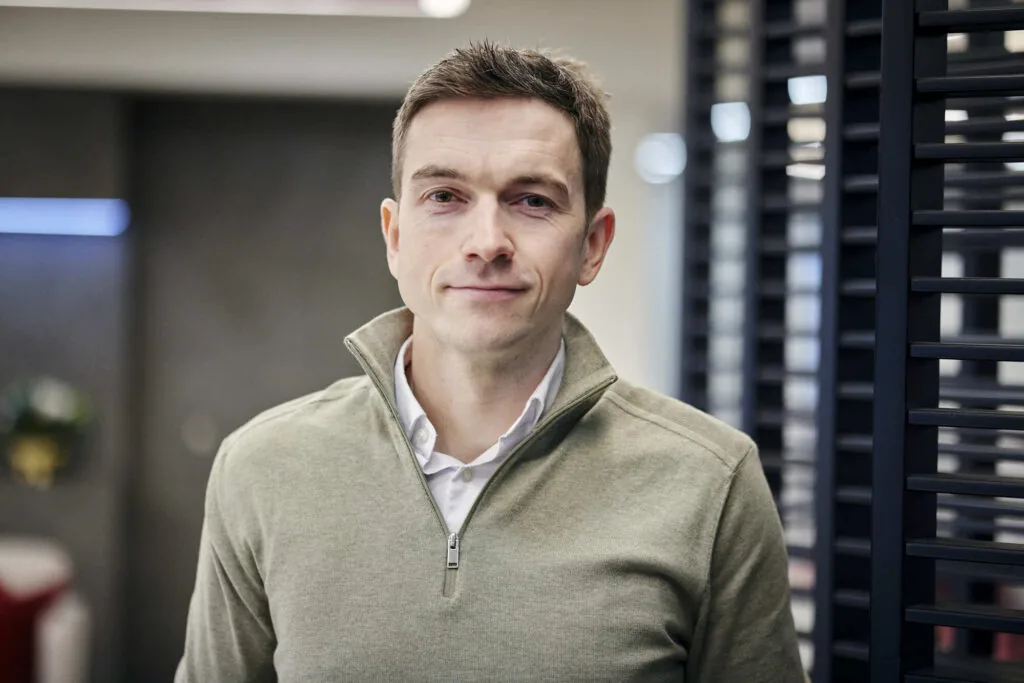


Managing Associate
Commercial Property and Asset Management | Energy & Infrastructure | Real Estate

Managing Associate
Commercial Property and Asset Management | Corporate Real Estate | Developer
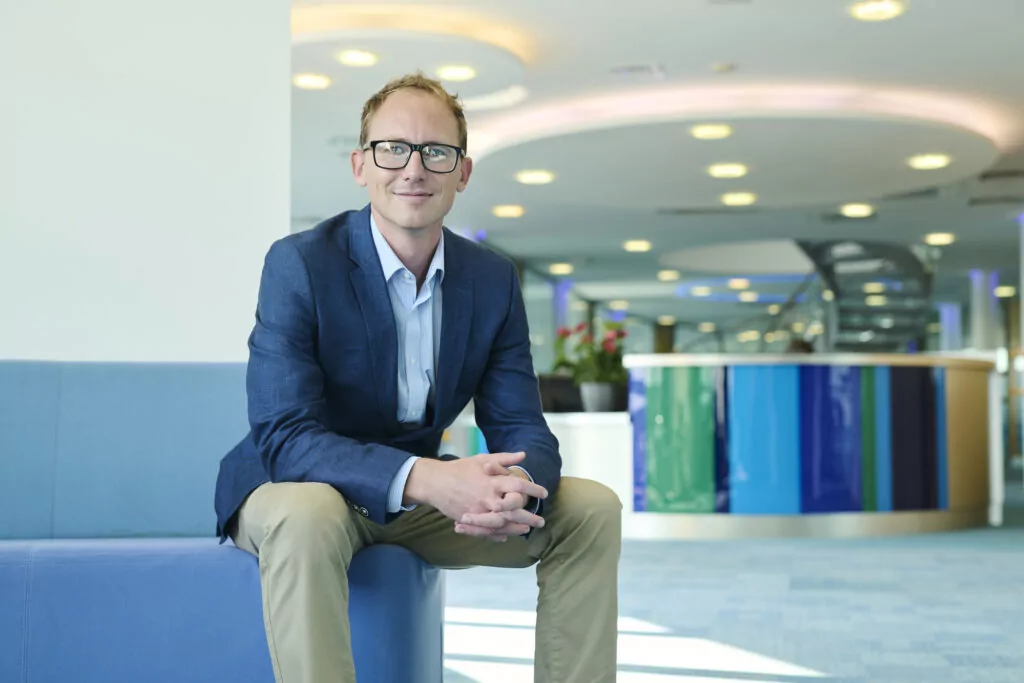







Associate
Energy & Infrastructure | Islamic Finance | Projects, Infrastructure & Construction




Associate
Commercial Energy | Energy & Infrastructure | Projects, Infrastructure & Construction




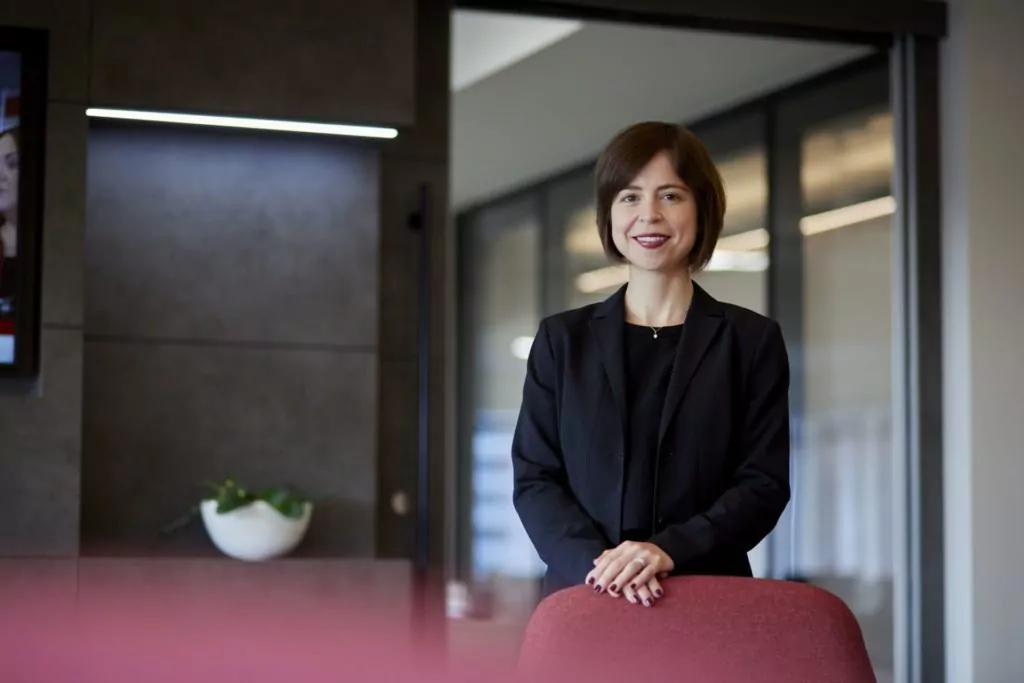


Associate
Projects, Infrastructure & Construction | Real Estate | Energy & Infrastructure

